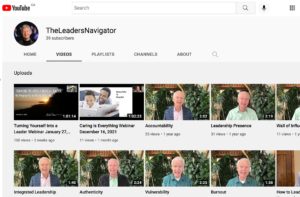At the end of each year I reflect on my progress and blessings from the previous year and clarify some of my intentions for the coming twelve months. In the midst of this musing I like to read the children’s book Selma, by Jutta Bauer. Selma is a humble little book about a humble little sheep that poses a big question, “What is happiness?”
Selma is a sheep who is happy when she eats a little grass, plays with her children, exercises, chats with a friend, and falls fast asleep. When asked what she would do if she had more time or money, Selma replies simply that she would do exactly the same thing: eat a little grass, play with her children, exercise, chat with a friend, and fall fast asleep.
As I look to the year ahead, three lessons from Selma come to mind.
#1. Bring an attitude of gratitude into each and every day. Selma is a great book with a beautifully delivered reminder that happiness comes from appreciating what you have. A consumer culture is very good at making us want more and more, implying that more is always better. Until we know deeply within ourselves what enoughactually feels like, we will continue to be seduced by the pursuit of more. When I emerge from the holiday season after spending time with people who matter most in my life, catching up on some good reading and simply being, I have a deep appreciation for these everyday blessings and I feel a profound sense of gratitude.
#2. Define success on your own terms. Selma is not admonishing us to sit around and do nothing. A ship is safe in the harbor, the saying goes, but that is not what ships are for. It’s important to spend time in personal reflection, away from the voices of the world to discover your sense of purpose. Dream big. And then get to work to become the kind of person it takes to get there. A fulfilled life is not void of focus and disciplined effort, but Selma teaches us not to allow the world or the opinions of others define our success. Success must come from within. Happiness does not come from “getting” or “having;” it comes from self-respect earned through contribution, service, and dedicated labor devoted to a cause. Stephen Covey wrote, “If you carefully consider what you want to be said of you at your funeral, you will find your definition of success.”
#3. Live each day fully. Remember that life is lived not yesterday or tomorrow but today. In Salutation To The Dawn, The Sanskrit writer, Kālidāsa, reminds us that a life well lived is a life lived fully in the coming twenty-four hours.
Look to this day!
For it is life, the very life of life.
In its brief course
Lie all the verities and realities of your existence:
The bliss of growth;
The glory of action;
The splendor of achievement;
For yesterday is but a dream,
And tomorrow is only a vision;
But today, well lived, makes every yesterday
a dream of happiness,
And every tomorrow a vision of hope.
Live well, therefore, each day.
In this coming year may we discover within ourselves what matters most. And may we have the courage to live in alignment with our heart’s desire.


